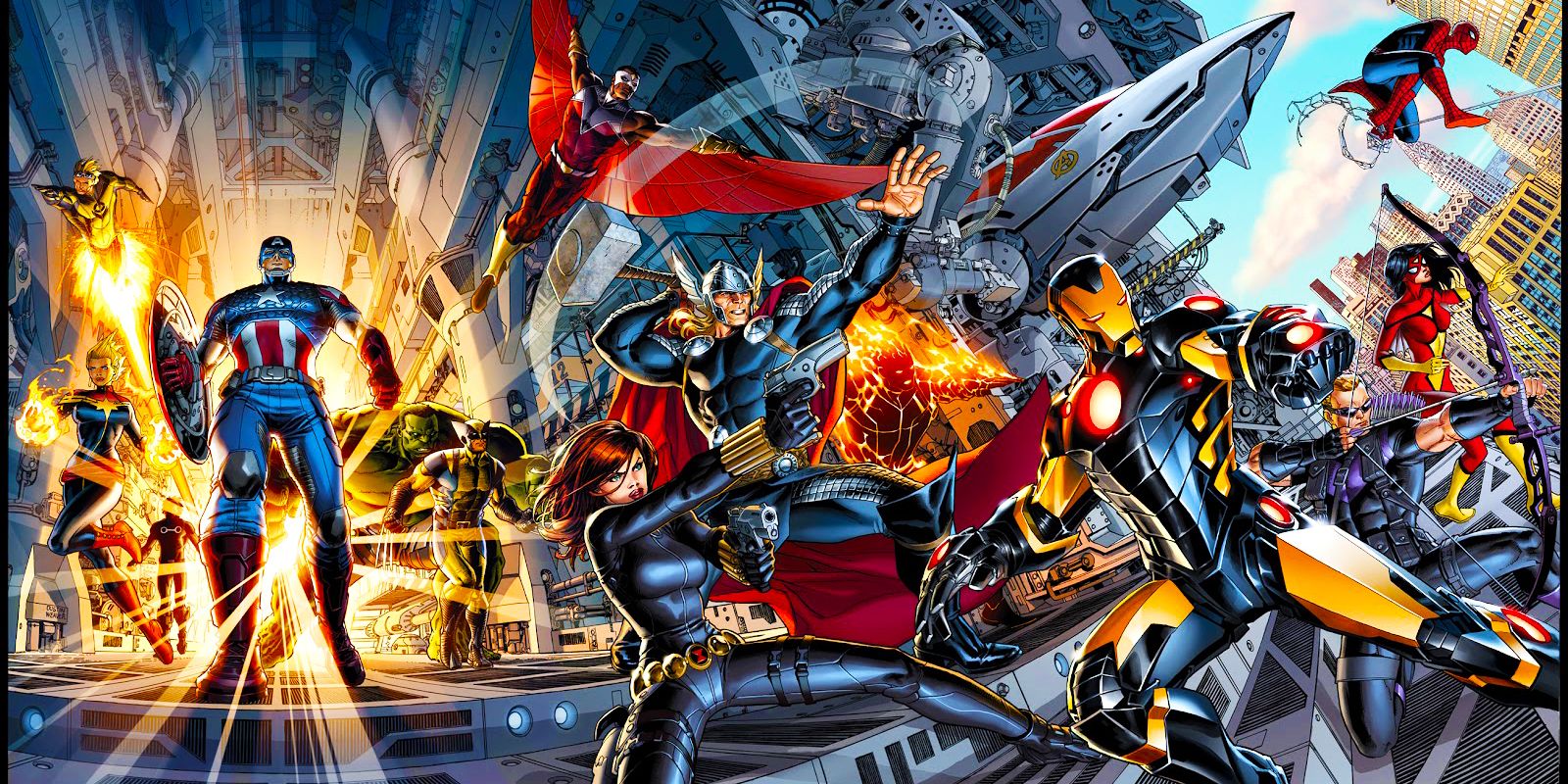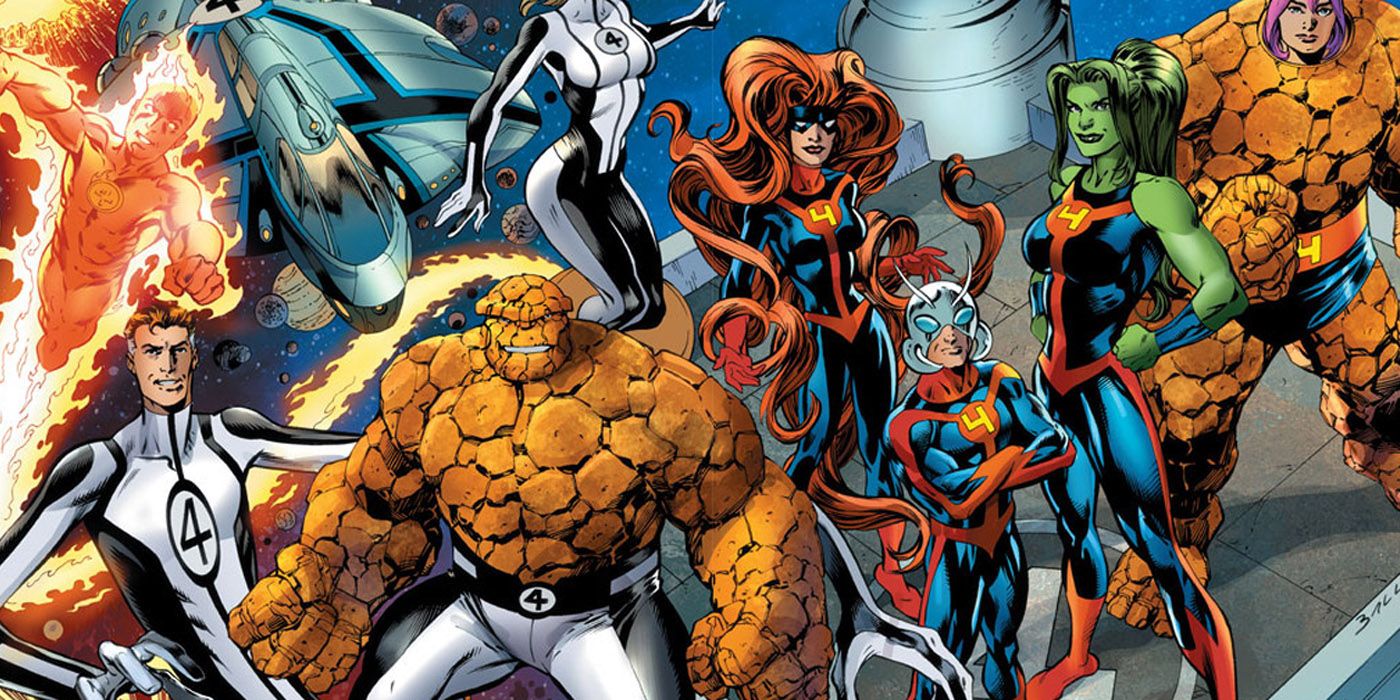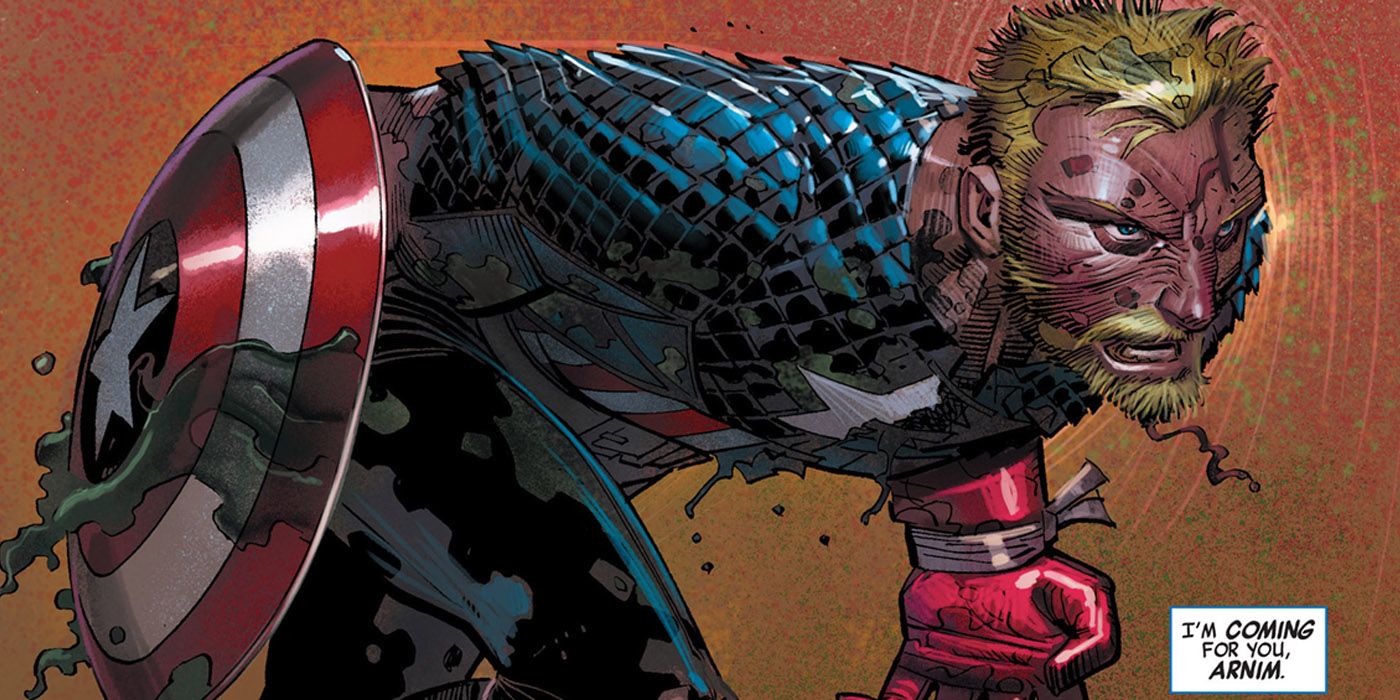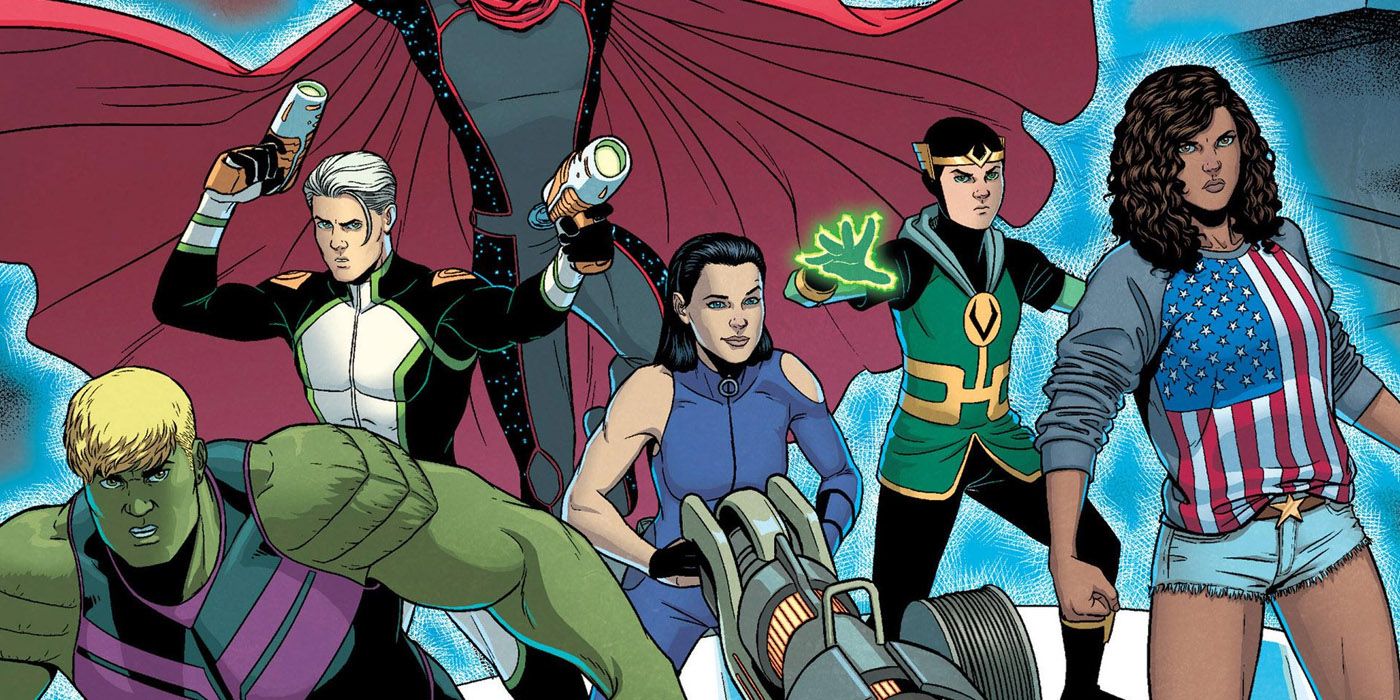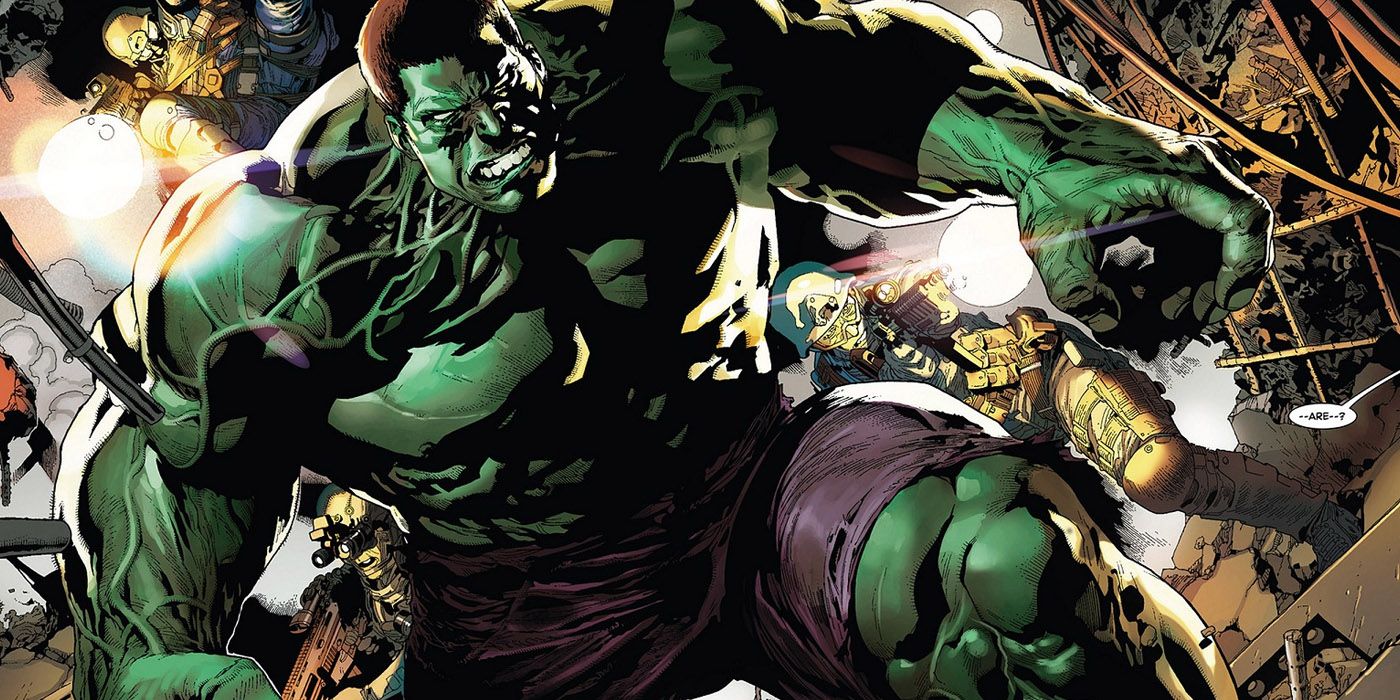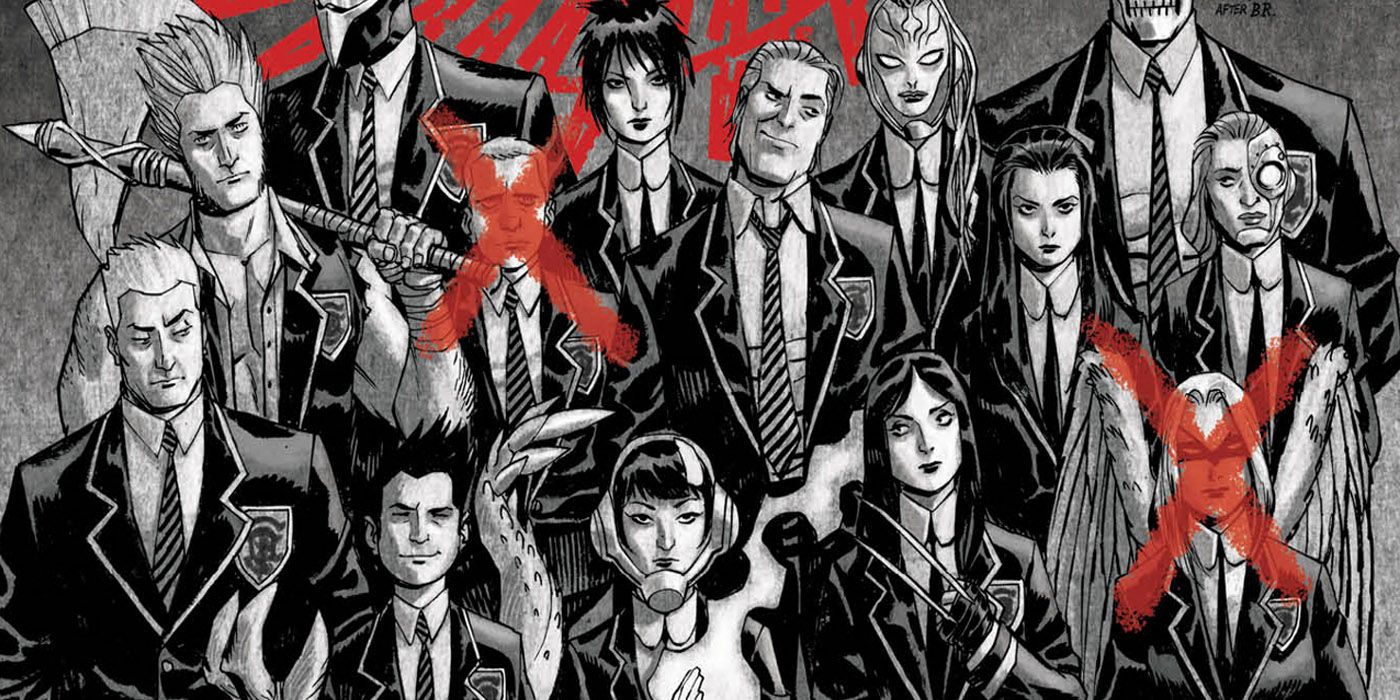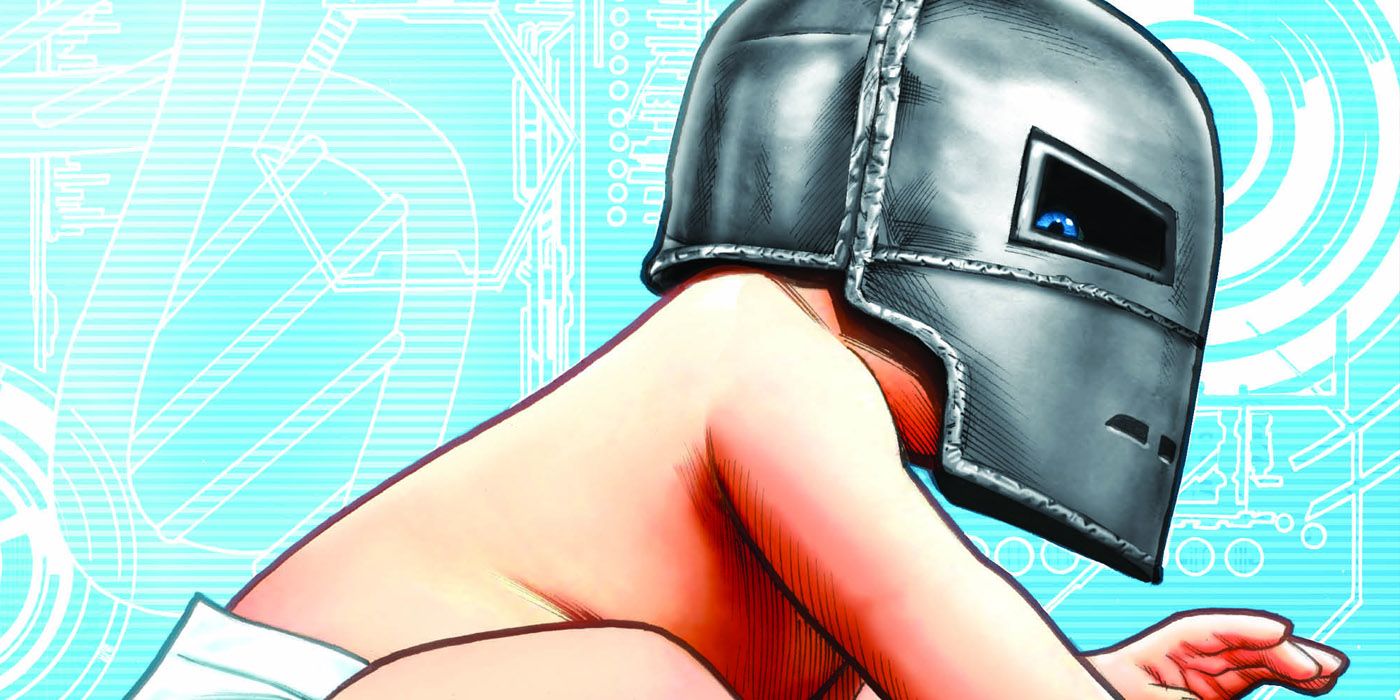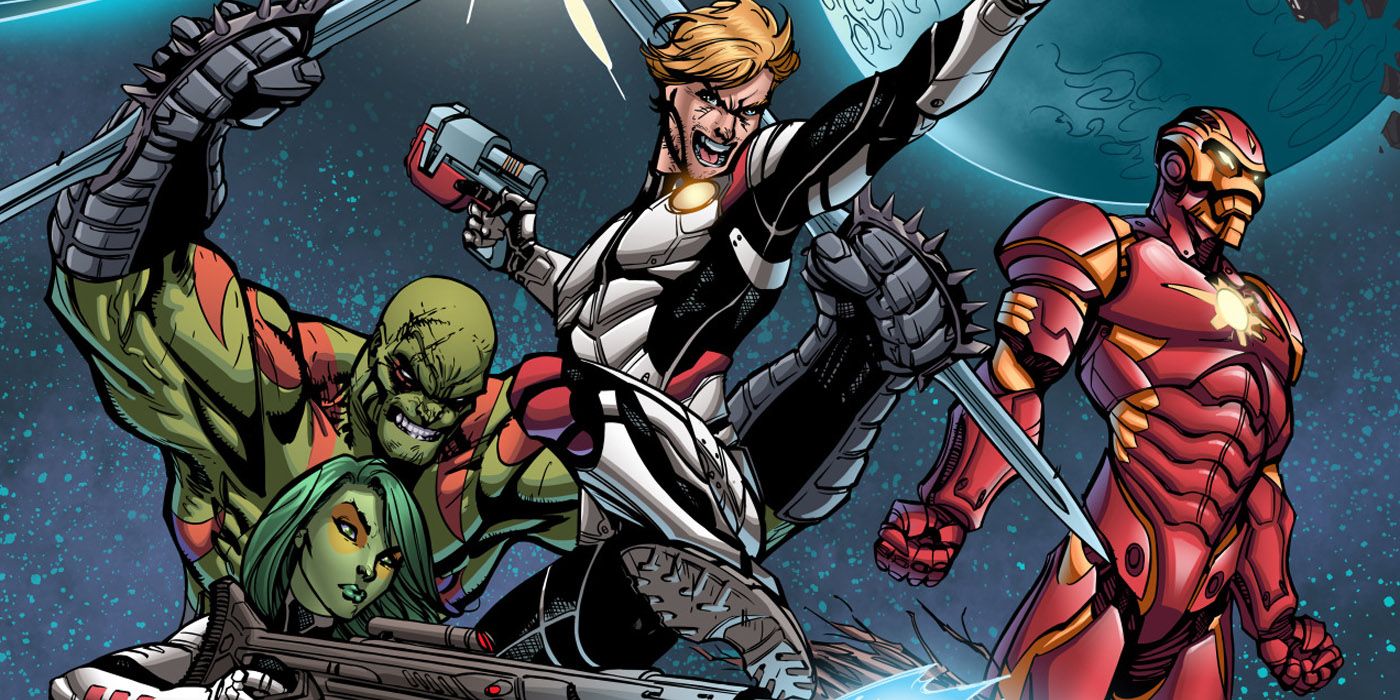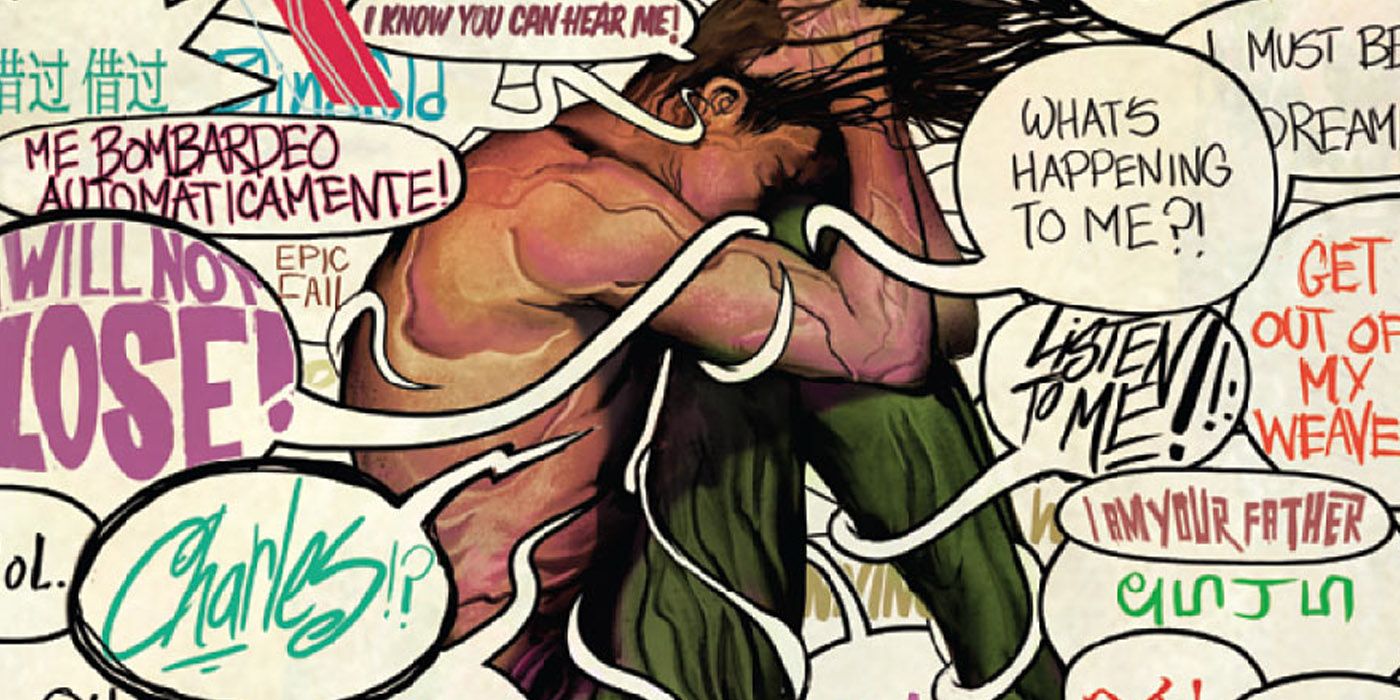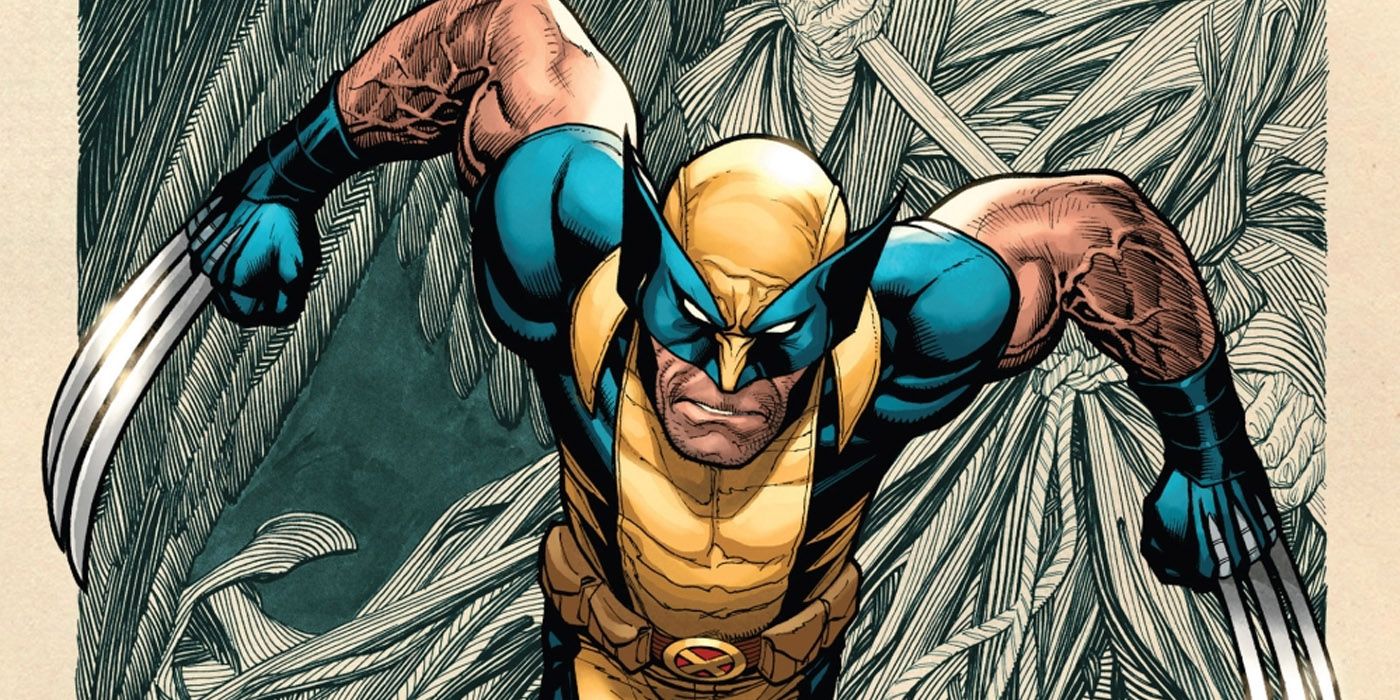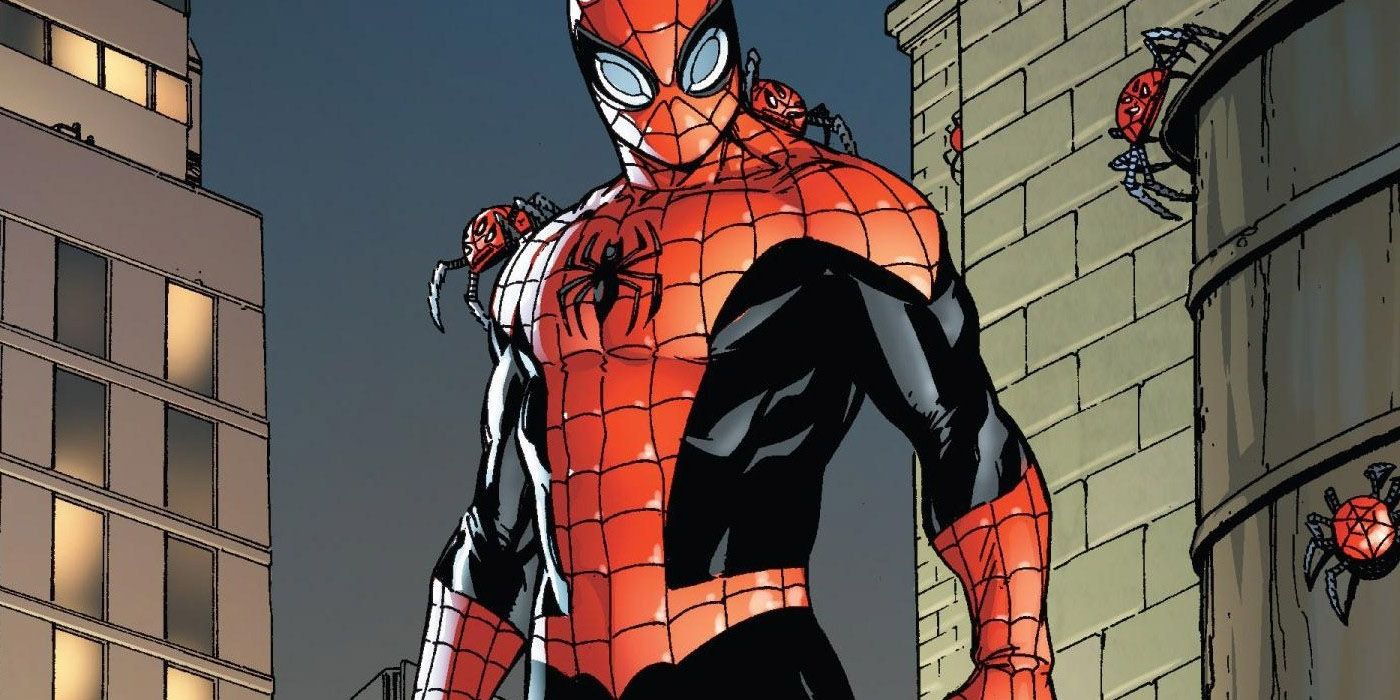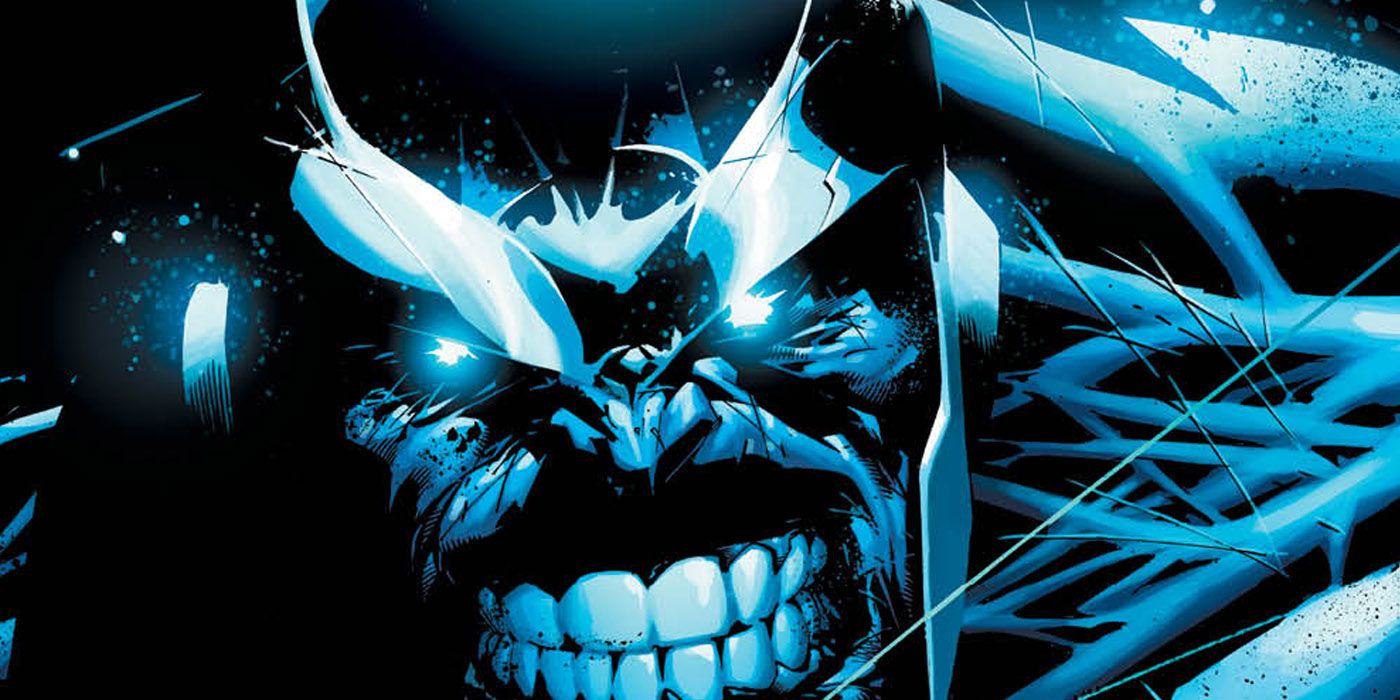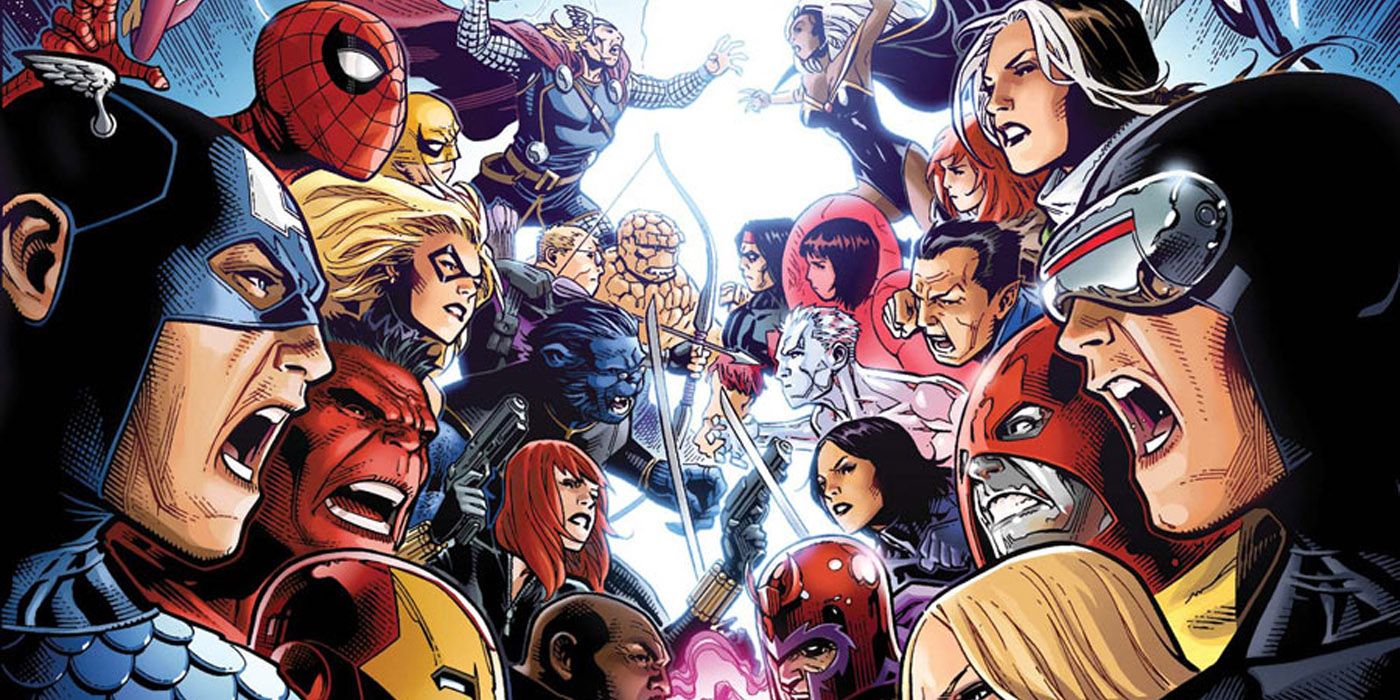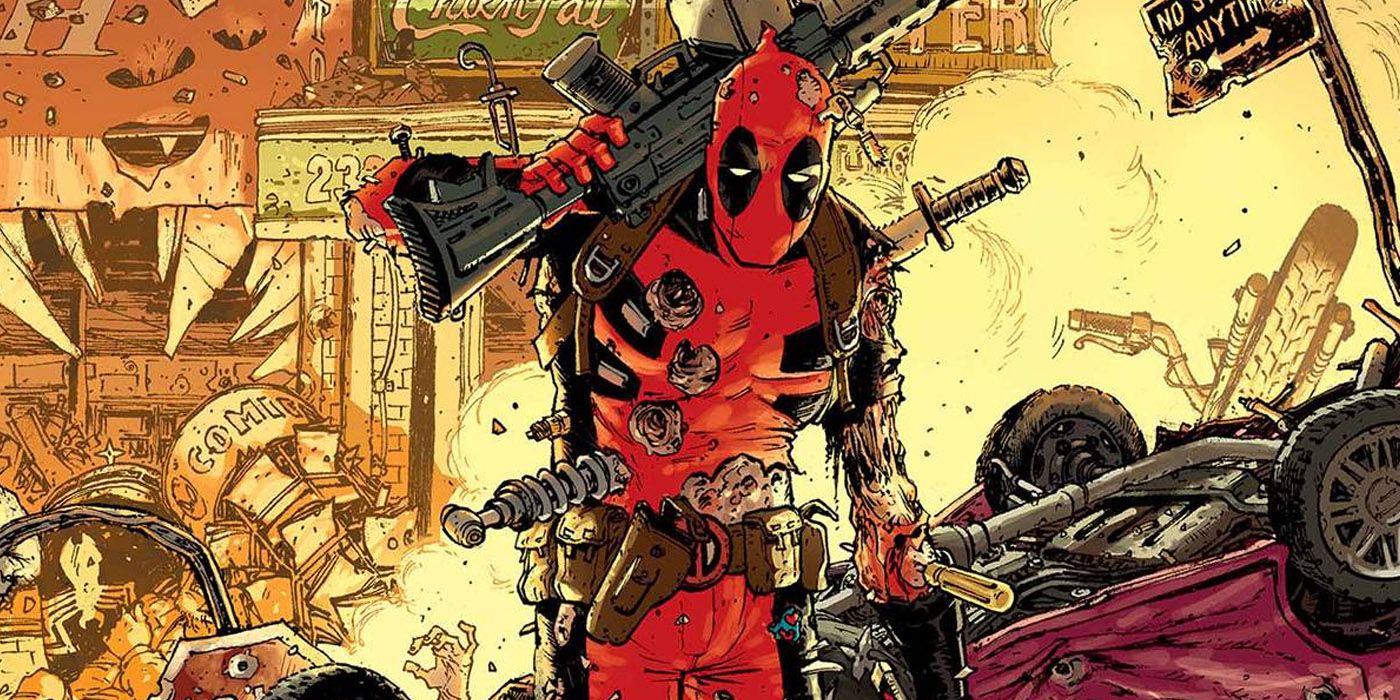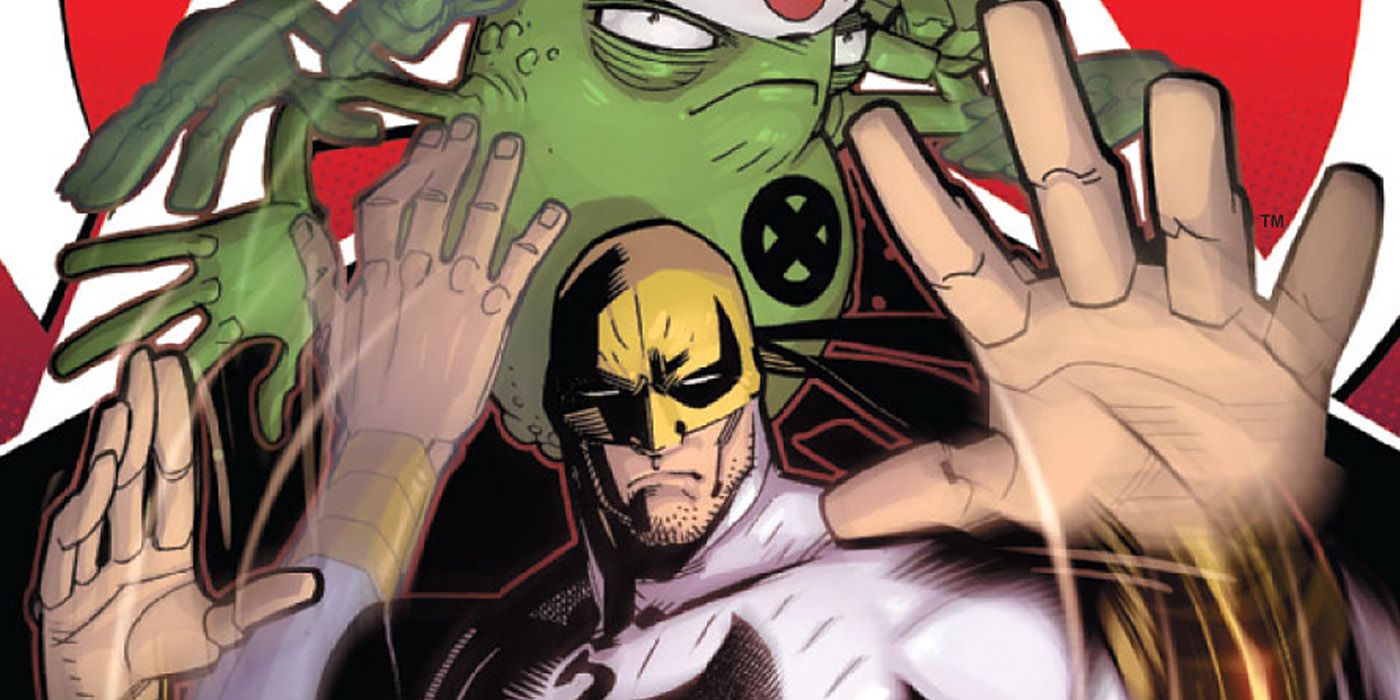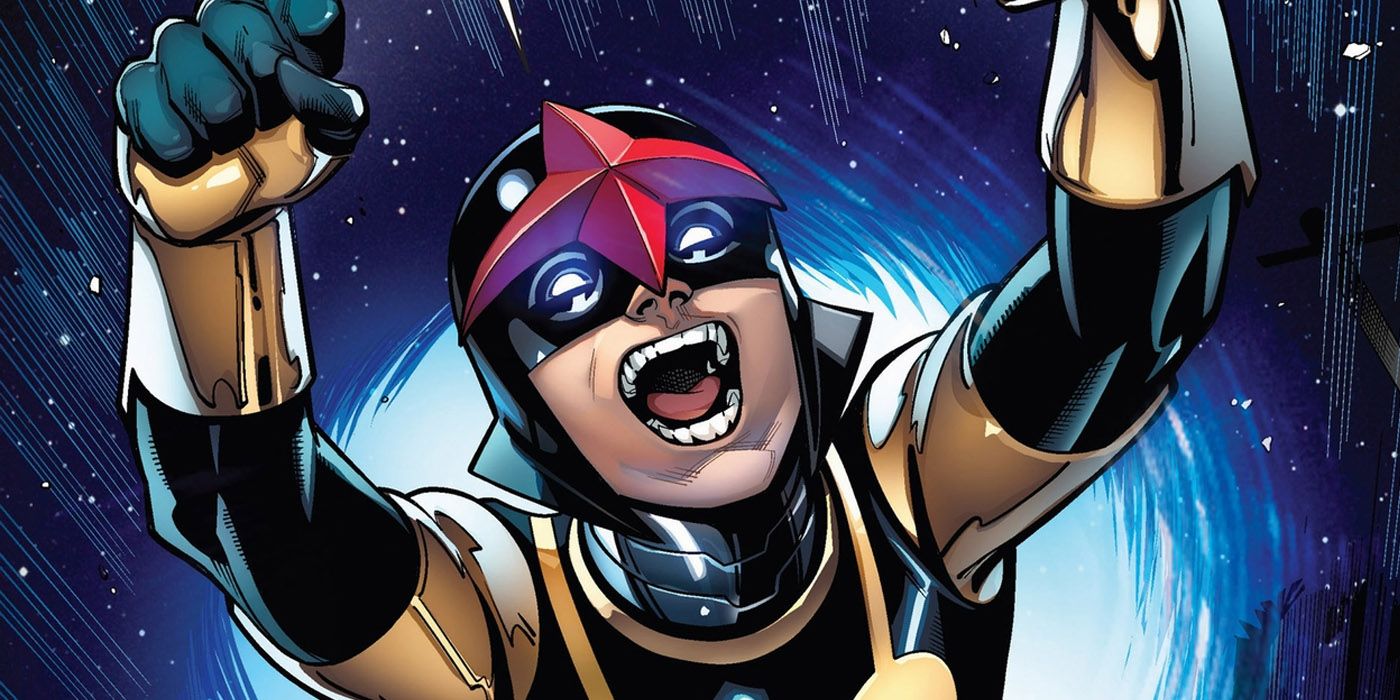There’s been so many Marvel NOW!s at this point, it’s easy to forget about Marvel THEN! The House of Ideas is clearly a big fan of this one in particular, since they’ve used the NOW! banner multiple times to signify both “soft” reboots of new jumping-on points for readers, and company-wide relaunches alike. The most recent comes in the wake of “Civil War II”, as titles begin new storylines or are even renumbered runs to capitalize on new readers drawn in by the crossover.
RELATED: The 15 Most Controversial Marvel Stories Ever
Depending on who you ask, the current crop is something like the fifth of sixth wave of titles to carry the Marvel NOW! Branding. You’d be mistaken for thinking they’re still trying to get it right. In fact, there’s plenty that was bang on the money the first time around. The initial NOW! teasers and series began to appear all the way back in 2012, with many of the books launched ending their runs as recently as this year with the “Secret Wars” mass-reboot.
The first Marvel NOW! initiative introduced a lot of new concepts, ways of doing things and creative teams which remain unparalleled in superhero comics. It was an exciting time, the dawn of a new age... until it wasn't anymore. Still, it was nice while it lasted. Here are 15 things Marvel NOW! got right the first time.
15 Dueling Titles
The Fantastic Four don’t have much of a place in the Marvel Universe post-"Secret Wars;" a stark turnaround from the previous state of affairs. During the initial wave of NOW! titles, Marvel’s first family starred in two ongoing series, which allowed writer Matt Fraction to explore different takes on the same concept.
Regular “Fantastic Four” was a classic story, with classic Mark Bagley art following the traditional family unit going on epic sci-fi adventures. The other had Michael Allred’s pop art and the story of a cobbled-together FF on Earth, with the premise centering on nontraditional families and social structures. Plus Doctor Doom. “Fantastic Four” and “FF,” both written by Matt Fraction, were joined by two other interlinking books that shared a scribe: “Avengers” and “New Avengers,” both from Jonathan Hickman.
The FF situation allowed the same creators to approach a classic premise from different directions. Hickman’s “Avengers” was epic and widescreen, with the likes of Jerome Opeña and Andy Kubert on art duties. “New Avengers” depicted the character drama that came from and rooted that epic-ness, with Steve Epting and Kev Walker bringing their A games. It allowed for books that both complemented and commented on each other; enjoyed separately, but much richer together.
14 Diversity of Genre
“Captain America” is a book that has encompassed many different genres over the years, from wartime propaganda to patriotic superhero stories. The recent characterization has been as a paranoid conspiracy thriller, as Ed Brubaker and Steve Epting’s “Winter Soldier” story arc was adapted for the big screen. Rick Remender and John Romita, Jr.’s relaunching of the book for Marvel NOW! took things in a totally, tonally different direction: cosmic Kirby-style space epic!
If that stood out in the recent history of “Captain America” as a title, it was also distinct among the rest of the NOW! line-up. The one thing the Marvel publishing line had in common at that point was the books were all different. Instead of just being “superhero” comics, as a genre, they encompassed dozens of different sub-genres. “X-Force” was essentially a heist narrative, for example, which happened to feature super-powered thieves.
“Deadpool” was, for perhaps the first time in the solo series’s life, an honest-to-goodness comedy, and not just action with fourth-wall-breaking quips. There’s still a relatively diverse bunch of books to choose from in the current Marvel publishing roster, but it doesn’t really come close to the wide selection available during that first Marvel NOW! launch.
13 Diversity of Cast
Kieron Gillen and Jamie McKelvie’s “Young Avengers” ended with the teen heroes partying late into the night -- as teens are wont to do -- before riding off into the sunrise. As they did, all the while chronicling the flirts and trysts in their recent history, Kate “Hawkeye” Bishop notices something: “Am I the only person on this team who’s straight?” To which Ms. America swiftly retorts: “I’ve seen the way you look at me. You’re not that straight.” It’s a great gag and the only time the book’s casual diversity was explicitly addressed.
For as much as Marvel has since tapped into “diversity” as almost a marketing technique (which has lead to great series, including “Ms. Marvel,” the ill-fated “Nighthawk” and the new “Black Panther”), it was simply a matter of course for the first NOW! books. Besides the mostly-queer take on "Young Avengers," there was the all-female “Fearless Defenders” from Cullen Bunn and Will Sliney, with Misty Knight and Danielle Moonstar among the team’s line-up.
Those are a couple of the more obscure books on Marvel’s roster. One that definitely wasn’t? The adjective-less “X-Men” title, by Brian Wood and Olivier Coipel, the cast of which included Jubilee, Storm, Rogue, Kitty Pryde, Rachel Grey and Psylocke. While the creative teams remained mostly the same, it was a breath of fresh air for the characters on the page to not be exclusively straight, white and male.
12 A Hulk With Purpose
What is Bruce Banner’s purpose? It’s a problem every creative team wrestles with when they take on a “Hulk” book. Brian Azzarello and Richard Corben even did a story where Banner tries to end his own life, since his tendency to turn into an angry green giant and smash everything was a bit of a bad cycle, from which he couldn’t escape. That’s the problem with doing an ongoing title with the Hulk. He’s a force of nature, so it’s difficult to pen a compelling narrative about that happening again and again.
The genius move of Mark Waid and Leinil Francis Yu’s “Indestructible Hulk” was that it started with the titular character missing. The first few issues focused on Maria Hill trying to track Banner down, but this wasn’t the usual attempt to keep the Hulk locked up and away from populated areas. When she at last caught up with him, she offered him a place as an Agent of S.H.I.E.L.D!
This was the best concept applied to the character since “Planet Hulk." The new direction had Banner’s intellect and Hulk’s capacity as a living weapon to play with, which made for some great action sequences and a simmering subplot of whether or not S.H.I.E.L.D. had the tragic scientist’s best interests at heart. Intrigue, pathos and smashing: “Indestructible” had everything you could possibly want from the Hulk.
11 Ruthlessness
“Comic book death” is such a joke of a concept that the very phrase is deployed when referring to fictional character deaths that you know will be undone. Sooner or later, whether they’re a fan favourite or mostly-forgotten supporting cast member, there will be a glorious resurrection. Nobody stays dead in comics for long and, as such, it’s hard to wring much pathos out of a heroic sacrifice or tragic end. They’ll be back before you know it.
Credit is due to Marvel NOW! for working on that assumption. “Avengers Arena”, from Dennis Hopeless and Kev Walker, pitted a bunch of teen heroes against each other in a battle to the death. Those deaths certainly feel more permanent than your average, since even after a soft reset of the Marvel Universe, the majority of them remain six feet under. It’s a premise clearly borrowed from “Battle Royale” and “The Hunger Games,” a fact which was noted in covers for the series and by the villain Arcade, who put the whole dastardly competition together.
Understandably, fans of the book’s cast -- drawn from “Avengers Academy,” “Runaways” and “X-Men” -- were dismayed to see beloved creations brutally murdered. That they were so upset speaks to the book’s success; for the first time in decades, readers were actually moved by the death of a superhero character! The stakes were actually high!
10 Character Twists That Worked
The twist is a time-honored narrative tradition, from the short stories of O. Henry to the movies of M. Night Shyamalan. Depending on who’s deploying them, they can either be Earth-shattering revelations that provide fodder for future stories, or total damp squibs. Fortunately for everybody involved, the books in the first Marvel NOW! line were of the former sort. The first came in Kieron Gillen and Dale Eaglesham’s “The Secret Origin of Tony Stark” arc on “Iron Man,” where it turned out the hero’s parentage wasn’t as assured as we all thought.
Then there was... basically everything that happened in the “Avengers” and “New Avengers” series. The superheroic members of the Illuminati double-crossed each other, stabbed each other in the back, formed alliances and waged war, often in secret. Hickman and his artistic collaborators pulled out surprise after surprise, each feeling as earned and organic as they were shocking.
Perhaps the biggest twist of Marvel NOW!’s first wave came in “Thanos Rising.” Jason Aaron and Simone Bianchi’s limited series dove into the early years of the cosmic nihilist, something Aaron compared to “the origin of an outer space serial killer.” As well as fleshing out Thanos’ nascent romance with the personification of Death, it added some serious mommy issues and perhaps the most surprising revelation of all: at school, he was an avowed pacifist. Each of these twists gave greater depth to the characters involved, and were just plain good reading to boot.
9 Not Totally Reliant On The MCU
You can’t blame Marvel for better aligning their comics with the blockbuster movies that have been made from them. While comic sales continue to chug along at a decent rate, the movies make millions at the box office. They also bring in new fans who may never have read a comic before, so making the characters on the page familiar to those from the screen helps.
After the surprise success of the “Guardians of the Galaxy” movie, an ongoing title was quickly launched by Brian Michael Bendis and Steven McNiven. The cast was familiar from the big screen incarnation, with one notable exception. Joining Star-Lord, Gamora, Drax, Groot and Rocket Raccoon was Tony Stark, whose NOW! story couldn’t be further from the light sci-fi/corporate espionage of the “Iron Man” movies. Instead, he went cosmic.
The rest of the Avengers found themselves in a very different place to the movie incarnation of Earth’s Mightiest Heroes, despite starting with a similar roster. Still dealing with the fallout of “Avengers vs. X-Men,” Stark and Captain America set out on a project of renewal, boosting the ranks of the team with characters that have still yet to get close to the Cinematic Universe. The big names remained recognizable to their onscreen versions, but went off in wild and wonderful new directions.
8 Love For The Misfits
Sometimes, there are corners of the huge Marvel roster of characters that can feel like the Island of Misfit Toys. While the likes of Spider-Man, the X-Men and the core Avengers lineup have an enduring popularity and solid core concept, others have to hang around waiting for somebody to try and give them another go. The cast of Young Avengers hadn’t been used much since their debut under Allan Heinberg and Jim Cheung, until Gillen and McKelvie rescued them from relative obscurity.
Same for David Haller, the mutant son of Professor X, better known as Legion. An X-Men antagonist from way back, creators have struggled to deal with past depictions of the character’s mental illness and his connection with the “Age of Apocalypse” storyline. Simon Spurrier and Tan Eng Huat elegantly dealt with both in “X-Men: Legacy,” a small success sales-wise, but creatively one of the best X-books in years.
For all its invention and affirmation of the classic characters, Marvel NOW! also saw loads of lesser-known heroes get a second chance, often to great success, simply by trying something different.
7 Allowing Wolverine To Have Fun
Depictions of James “Logan” Howlett as a tortured, troubled soul are justified. After all, he’s a centuries-old mutant, with a life full of tragedy and oppression. Most of his loved ones tend to die while he, until the past couple of years, has been physically incapable of doing so. That said, the tendency to make Wolverine a growling badass whose attitude masks a deep angst is perhaps overplayed.
In general, the “X-Men” books can have a sour demeanour, owing to their status as the most hated and feared subset of the Marvel Universe population. But there are times they should be allowed to have fun. Readers got that with “Savage Wolverine,” a Frank Cho title that played to the artist’s strengths... which is to say, drawing over-the-top adventure stories with plenty of well-built heroes and dinosaurs.
A rip-roaring pulp yarn, “Savage Wolverine” was pure comic book spectacle. Bright colors, outrageous plot twists and dynamically-rendered action scenes made for a brilliantly entertaining “X-Men” adjacent series without the need for any gratuitous angst. Given the state of things for mutantkind right now, we could do with more of this.
6 A Superior Spider-Man
Dan Slott is an avowed Spider-Man fanboy. That much is evident from his reinstatement of obscure members of web head’s supporting cast during his run on “Amazing Spider-Man” -- including Prowler and Spider-Man 2099 -- to his multiverse-spanning “Spider-Verse” event, which required an intimate and broad knowledge of the many alternate realities that had appeared during the character’s existence. That’s not to say he’s overly precious about the character, however.
In fact, what he did as head Spidey scribe during Marvel NOW! suggests the very opposite. Off the back of his and Humberto Ramos’s historic “Amazing Spider-Man” #700, Peter Parker had his brain swapped with the dying Doctor Octopus. Along with stealing his body, Ock took on Spidey’s sense of responsibility, dedicating his supervillainous mind to fighting crime.
That’s a brilliantly bonkers premise that absolutely turned an established, beloved character and series on its head. With the hyper-stylized art of Ramos and Ryan Stegman, plus the modern-day-Romita-Sr. look of Giuseppe Camuncoli’s work, Slott and co. created one of the most daring and fun Spidey stories in years. More of that brazen disregard for the status quo wouldn’t go amiss, if it leads to stories like this.
5 A Return To The Cosmic
The cosmic side of Marvel has been unfairly neglected since its '70s heyday of Roy Thomas and Jim Starlin’s hippy space craziness. Dan Abnett and Andy Lanning gave it the old college try with “Annihilation” and the new incarnation of Guardians of the Galaxy that came after, but Marvel didn’t fully commit to returning the cosmic characters to their former glory until NOW!
It was during the publishing relaunch that “Guardians of the Galaxy” made their return with an ongoing title, just in time for their movie adaptation to net a whole new generation of fans. Off the back of that move, we also got Tony Stark going to space and joining the team, rocking an atmospherically-appropriate suit of armor and hooking up with aliens.
Along with expanding the scope of the Marvel Universe again, paving the way for huge stories like “Infinity” and “Secret Wars,” it meant readers were also treated to a new “Nova” book by the superb team of Jeph Loeb and Ed McGuinness, about a teen hero taking on a familiar mantle. NOW! gave creators a broader canvas to work on, and what resulted were even more inventive stories for readers to enjoy.
4 Fluid Continuity
Marvel NOW! very much sprung up in the shadow of epic events like “Avengers vs. X-Men.” The beauty of the line is that, while it certainly acknowledge both recent and long-standing continuity, it took the opportunity of a new status quo to begin with a clean slate. As such, there was perhaps the smallest amount of editorial interference since the Silver Age.
Characters were free to float between books with little regard for whether it interfered with other, ongoing storylines. A nightmare for the more conservative reader, perhaps, but a creatively freeing one for many of the people working on the books. There’s probably a good argument to be made that being free of the pressure to make everything work as a coherent shared universe leadS to some more interesting, experimental work.
Of course, that all went to pot as soon as the “Axis” storyline started kicking into gear and derailed everybody’s plans, but it was fun while it lasted. For a glorious six months or so, nobody felt any need to buy everything single thing Marvel was printing, just so they could understand the story in the one book they actually cared about.
3 A Genuinely Funny Deadpool
While Deadpool is a character who always gets laughs, he’s not always the star of a comedy book. Any run on “Deadpool” will be full of the fourth-wall breaking gags you’d expect from the Merc With a Mouth. More often than not, though, they’re in the context of a fairly standard superhero narrative. There are bad guys to be brought to justice, alliances to be formed, that sort of thing.
He’ll probably comment on the tropes as he commits them, but still: they’re happening. A refreshing change of pace came in the relaunched “Deadpool” book, where they got an actual comedian to write it! Teamed with Gerry Duggan and Tony Moore, Brian Posehn brought his experience of working on TV shows including “Mr. Show” and “The Sarah Silverman Program” to the character.
This brilliant move resulted in some quips that weren’t just “funny for comics,” but overall entertaining. He, Duggan and Moore also made the stories involving the character similarly subversive and ridiculous, with the first NOW! storyline revolving around a zombie uprising of dead presidents wanting to return America to its former glory. Bringing in that outside talent paid off in spades.
2 More Anthology Books
At its inception, most Marvel books were anthology titles. Spider-Man debuted in “Amazing Fantasy” and Thor starred in “Journey Into Mystery,” as opposed to a book carrying their names. Doctor Strange at least got to show up in “Strange Tales," which otherwise was mainly weird one-off stories. That’s become less of the norm, even though rotating creative teams and smaller stories often allow for weird new narratives.
Marvel NOW! at least attempted a comeback of the form. “A+X” was the main followup to the “Avengers vs. X-Men” event, with each issue matching up members of their respective team as they attempted to make amends and find some common ground. Actually, it was just an excuse to put together weird combinations of characters and let an all-star line up of talent go wild.
Some of the standout issues included “Stray Bullets” creator David Lapham putting together Doctor Strange, Quentin Quire, Pixie and Eye-Boy, whereas Adam Warren brought some “Dirty Pair” vibes to his pairing of Scarlet Witch and Domino. A little more mainstream than the more recent “Stranger Tales” anthologies, but no less fun, and it made for some interesting adventures not weighed down by being a longer, more involved story arc.
1 Comics For Everybody
While comic books can often serve as a refuge for people who aren’t catered to by more mainstream art forms and corners of society, it can just as easily be a difficult subculture to penetrate. In superhero books especially, there can be decades of existing continuity and history that comes into play with a single issue. Sometimes, a new reader can be alienated immediately due to a lack of presumed knowledge. Sometimes a book is clearly not written for them.
That’s not to suggest the continuity-heavy stories that reward long-term fans are a bad thing. It’s just nice if there’s also something for the more casual fans, or the people just getting into comics, or the new readers who like the characters but not the generic stories of superheroics. Marvel NOW! was an initiative that felt like it catered to everyone.
There were books that leaned heavily on Marvel history (“Avengers,” “Superior Spider-Man”). There were series with existing characters tailored to new audiences (“Young Avengers,” “Nova”). Ongoing stories were continued (“Thor: God of Thunder,” “Journey Into Mystery”), and there was a “Morbius the Living Vampire” series for the horror fans. During Marvel NOW!, there was a comic for everybody, which is arguably more than can be said even a few years later at the Big 2.
Are we right about Marvel NOW!, or are we just nostalgic for Marvel THEN? Sound off in the comments!

